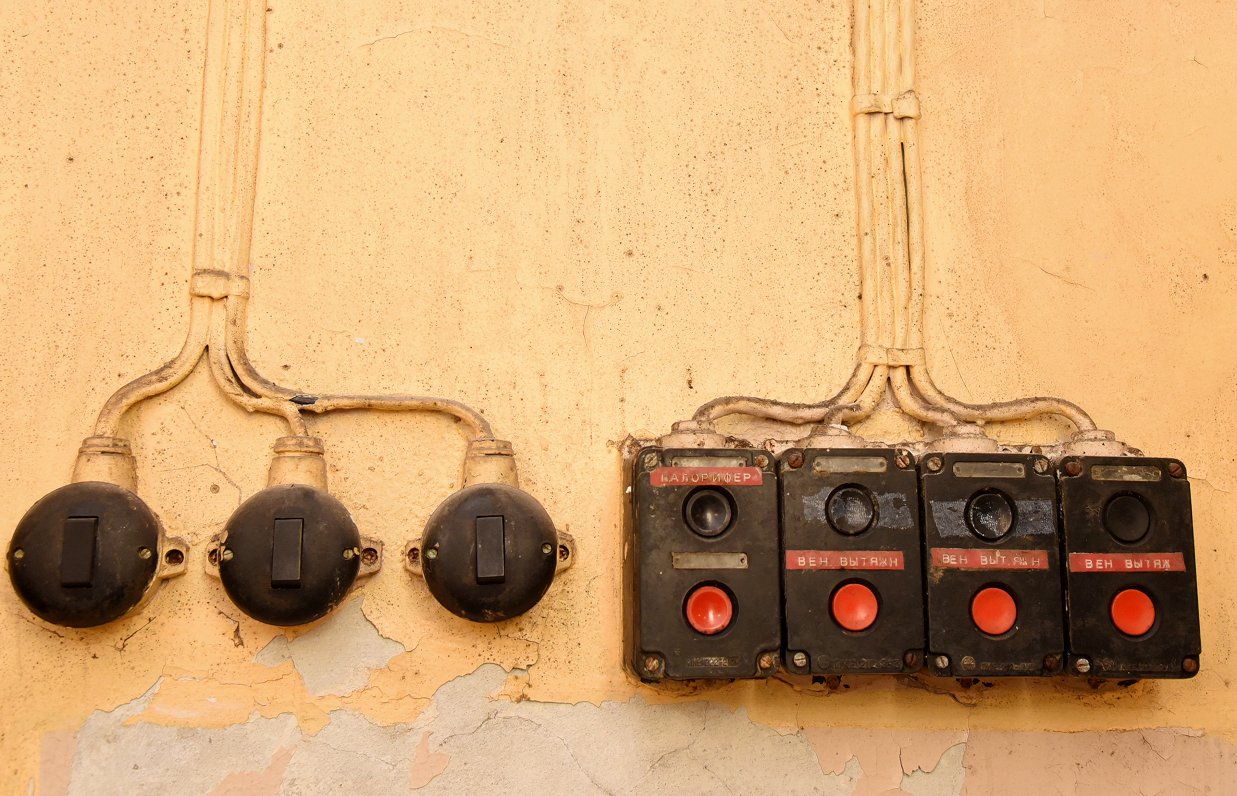VUGD conducted fire-safety tests in 1,341 residential homes in 2022, 24.4% more than in 2021. Over the past four years, on average around a thousand fire-safety checks are carried out at residential homes, mostly multi-apartment buildings.
The VUGD has identified the five most common infringements of fire safety requirements. The first of them is untested wiring found in 36%, or 487, of inspected residential homes.
VUGD noted that human habits and the number of electrical appliances used at the same time have changed over the years, but wiring in large parts of the buildings has not changed for long, which increases the risk of short-circuiting.
The electrical wiring test provided by certified specialists shall be carried out every 10 years.
20.8% or 279 residential houses have stored materials and objects in unauthorized places (stairways, attic, electrical transmission rooms or cabinets).
The VUGD noted that the attic, cellar, and balcony of the household must not be overstuffed. In the event of a fire, overstuffed spaces can contribute to the spread of the fire, as well as delay the work of fire rescuers by making it difficult to move.
In 13% or 178 buildings, objects are placed under stairs and landings, arbitrary construction is detected, and doors on escape routes are not easily opened from the inside without delay and obstruction.
According to the VUGD, escape routes are intended for the rapid and unencumbered escape of persons from buildings and facilities in the event of a fire and other hazards, and must therefore be freely accessible. Any barrier may hinder movement and thus threaten people's health and life.
10.7% or 144 multi-apartment buildings have not developed a fire safety instruction for shared rooms and areas, but in 12% or 164 cases, owners and tenants are not instructed about fire safety.
Last year, 26% of all fires took place in the residential sector. The observations of fire rescuers at the scene suggest that in the residential sector, 61% of the fires are caused by careless handling of fire.
The second most frequent reason for fires is incorrect electrical equipment use or short-circuit, which has caused 20.8% of fires in the residential sector, while 13.2% of fires have been caused by incorrect use of heating devices or their damage.
“At least a third of the fires in housing can be prevented if fire safety requirements are met, while prevention requires careful and correct action by citizens when smoking, using an open flame, preparing food, or lighting candles,” said Deputy Chief of VUGD Mārtiņš Baltmanis.





























